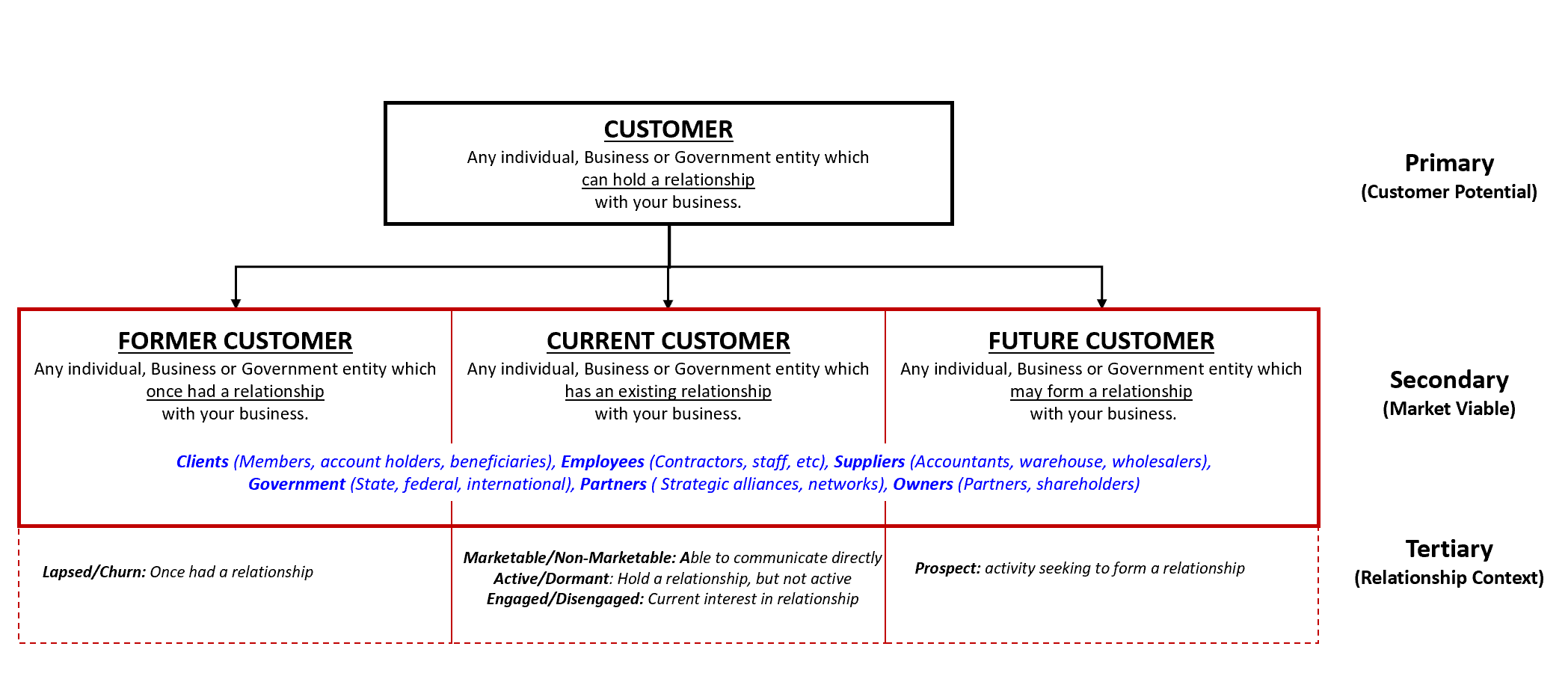In Discovering Customer: part one, most don’t understand who the customer is. We covered the changing dynamics of the customer relationship, where we inferred our way of defining “customer”.
Merriam-Webster dictionary defines a customer as ‘one that purchases a commodity or service’. This seems straightforward, albeit perhaps a little too general for the modern age. The keyword in this definition that unlocks layers of complexity is ‘purchase’, it infers an action has been taken, but it seems to miss the context of the relationship between both parties.
Is ‘purchase’ not a trade of one form of commodity or service for another?
What was once a system of bartering now holds a defined mechanism of currency designed to create governance around the act of trade.
But not all trades are underpinned by currency. Some could relate to time, where one party may provide some of their time in exchange to another’s. What about trading networks, or access to key influencers, swapping of databases.
Are these all not a form or purchase? Which party is the customer?
At Customer Crunch, we define customers with a wider lens than most. We are conscious of the depth of different commercial experiences and expectations across segments and relationship structures. This creates a hierarchy of sorts, which we differentiate for each unique business based on industry, size and market dynamics.
The below table provides an overview of the Customer Crunch definitional taxonomy.

Our definition is anchored based on a keyword. Relationship.
Each aspect of our customer definitions is dependent on the nature of the relationship at a given point in time. Who is involved and just how strong that relationship is, if it even exists at all. Let us road test our theory with some extreme examples in the final piece on Discovering Customer: Part 3 the Customer theory.
